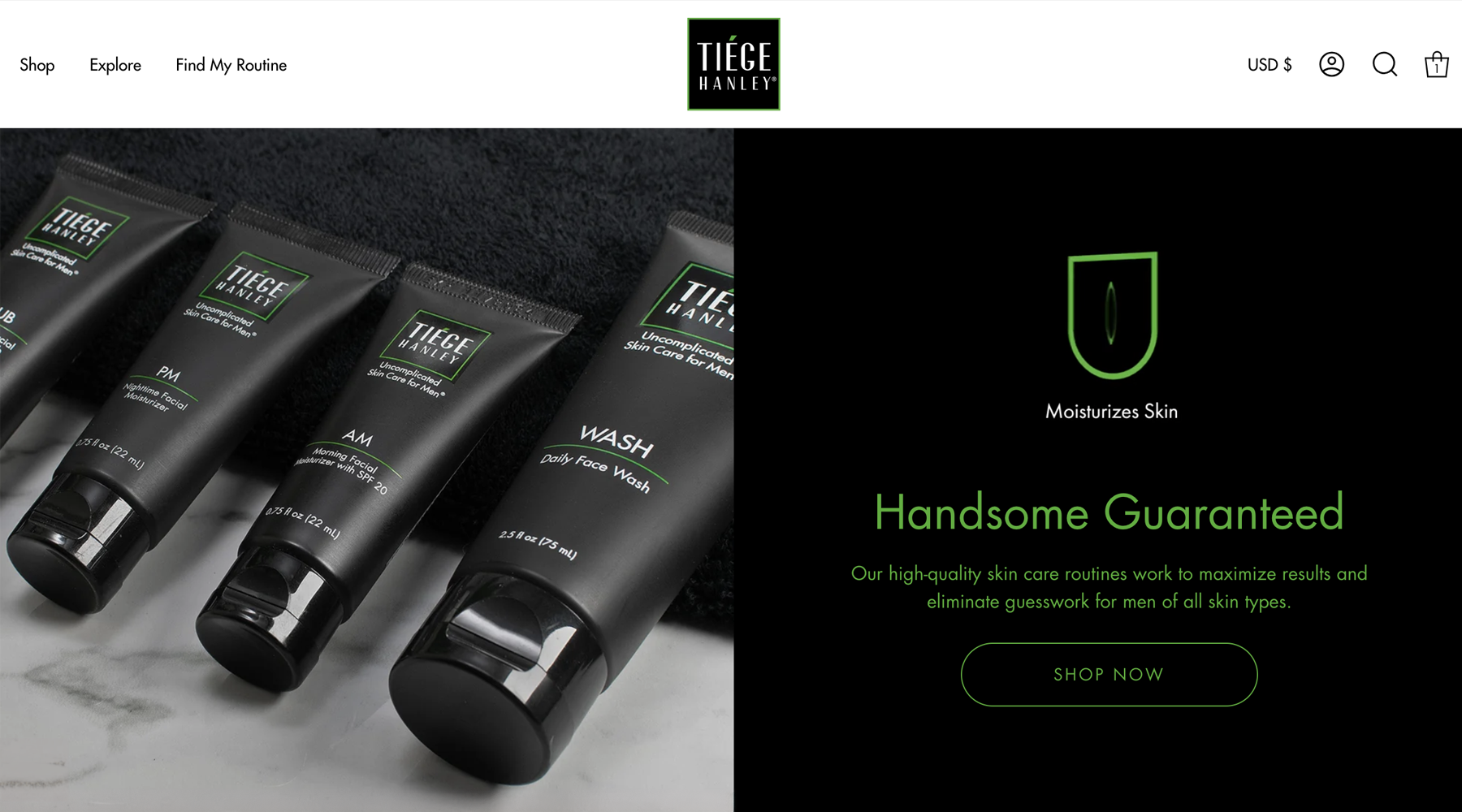Actinic cheilitis is a precancerous condition which usually affects the bottom lip more than the top lip. Though it’s not a life-threatening condition, it’s not something you want to ignore.
Left untreated, actinic cheilitis can develop into squamous cell carcinoma, a type of nonmelanoma skin cancer. If you have a higher risk of skin cancer than most, it’s critical that you recognize the symptoms of actinic cheilitis and act swiftly to treat it.
Here are three things you should know about actinic cheilitis:
- Discolored lips with red or white patches are one of the most common symptoms of actinic cheilitis.
- Cryosurgery, laser treatments, electrosurgery and a topical medication are often prescribed by doctors as forms of treatment.
- The best way to prevent actinic cheilitis is to avoid excessive UV exposure and to wear a daily lip balm with SPF.
Symptoms of Actinic Cheilitis
Actinic cheilitis can show up differently in everyone. However, the following symptoms are commonly associated with actinic cheilitis.
- Tenderness, soreness or a tight sensation
- Rough, scaly patches that are red or white
- Discoloration
- Small wrinkles on the lower lip
- Dry lips
- Ulcer-like lesions
The lower lip is especially susceptible to actinic cheilitis because it receives greater amounts of sun exposure. In a 2004 study published in Oral Diseases, researchers analyzed almost 40 cases of actinic cheilitis and noted that every case had lesions on the lower lip (see claim: “An outdoor occupation was indicated for 43 (66.2%) patients. The location of the lesions of actinic cheilitis was in all cases on the lower lip.”)

If you have any of these symptoms or suspect actinic cheilitis, see your doctor immediately. Though it may turn out to be a harmless case of dry or chapped lips, it’s better to be safe than sorry.
How to Treat
When left untreated, actinic cheilitis can develop into squamous cell carcinoma (SCC), a type of nonmelanoma skin cancer. Depending on how severe your condition is, your doctor may recommend one or more of the following treatment options.
Option #1: Laser Treatments
Laser treatments such as ablative fractional lasers may be used to treat actinic cheilitis. In this procedure, intense light is used to erode away the suspicious skin tissue.
Option #2: Cryosurgery
Cryosurgery refers to a spot-treatment process which involves freezing off skin lesions with liquid nitrogen. It’s a common and highly-effective treatment for actinic cheilitis, along with many other benign skin problems.
Option #3: Electrosurgery
Electrosurgery uses electricity to create controlled thermal destruction of the skin tissue. In dermatology, it’s performed under local anesthesia and is usually combined with a procedure known as curettage, where the lesion is scraped away before cauterizing the wound.
Option #4: Topical Chemotherapy
For patients who may not respond well to more aggressive treatments, topical 5-fluorouracil may be applied to the lips. A form of chemotherapy, topical 5-fluorouracil is applied multiple times a day to crusted lesions for a several weeks to halt the production of DNA in the cell.
Prevention
Some individuals are more at risk for developing actinic cheilitis than others. According to a 2019 review published in the Journal of Clinical and Experimental Dentistry, actinic cheilitis typically strikes fair-skinned males over the age of 40 (see claim: “…the lower lip was predominantly affected and that most individuals were males, fair-skinned, and older than 40 years.”)
Though you can’t always prevent actinic cheilitis, you can take steps to lower your risk.
Take the skin care quizStep #1: Avoid Excessive Sun Exposure
UV exposure is strongly suspected to be the main cause of actinic cheilitis. To lower your risk, stay out of the sun during peak hours and do your best to plan outdoor activities on cloudy days.
However, be aware that UV rays can peek through clouds. Remember to practice additional sun safety by wearing a broad-rimmed hat to protect your entire face from UV rays.
Step #2: Use Lip Balm with SPF
If you have a basic knowledge of sun safety, you probably know that protecting your face with a daily moisturizer with SPF is vital to lowering your risk of skin cancer. Your lips need similar protection as well.

To protect your lips from UV rays, use a daily lip balm with SPF multiple times a day. In addition to blocking UV rays, a lip balm with SPF will lock in hydration to prevent lips from becoming dry.
Step #3: Stop Smoking
Smoking and/or chewing tobacco can slowly erode the mucous membrane (known as the epithelium) of the lip, making your lips more prone to sunburn and, thus, actinic cheilitis. While quitting a bad habit is often easier said than done, it’s essential to reducing your risk of actinic cheilitis.
Final Thoughts
Because it occurs on the lips, actinic cheilitis is an often-overlooked condition that more guys need to be aware of. While preventing the condition is ideal, knowing the signs and symptoms of actinic cheilitis can at least lead to early treatment and prevention of malignancy.








